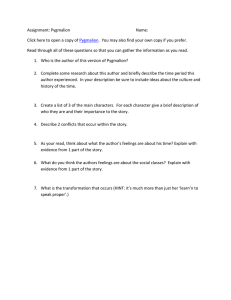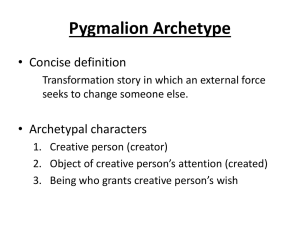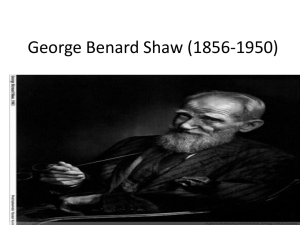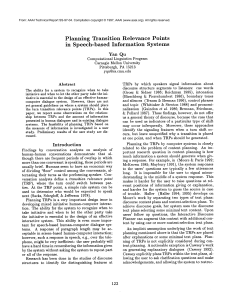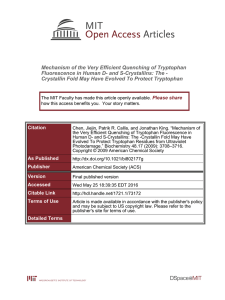Goal Setting Theory
advertisement
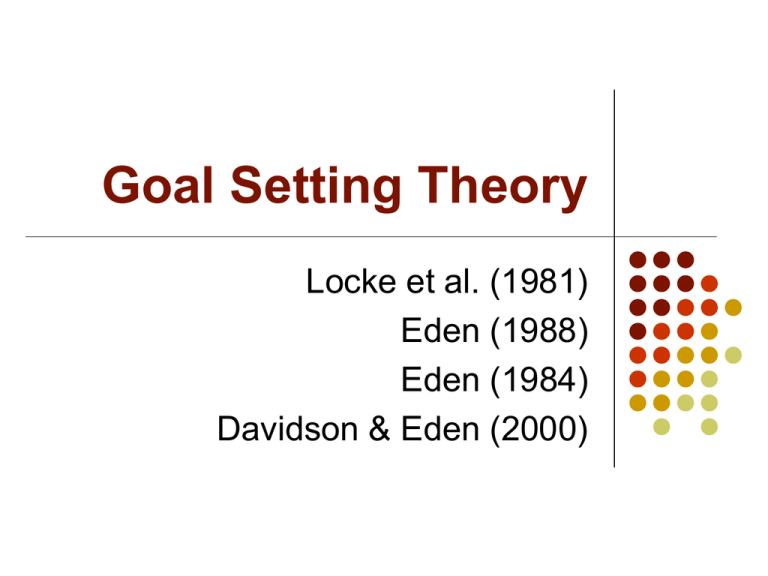
Goal Setting Theory Locke et al. (1981) Eden (1988) Eden (1984) Davidson & Eden (2000) Agenda – 6/16/05 Reminders Questions, Comments, or Questions? Goal Setting Theory Break TRP 4 Summary Motivation Discussion Next Week Reminder No SAPs or TRPs Next Week Turn in SAP 4 Please Pass to the Isle then Pass to the Front of the Class. Thanks. Questions, Comments, or Concerns? Summarize the Findings of JCT. What is the Main Outcome of VIE? How is SCT a “Choice” Theory of Motivation? Goal Setting Theory Background Components Empirical Findings Application to Management Pygmalion Effects Galetea and Golem Link to Performance Management Background of Goal Setting Goals Naturally Induce Action Three Components of GST (Locke and Latham, 1990) Challenging, Yet Attainable Goals Verbal Performance Feedback Visual Feedback Relative to Goal Employee Participation and Self-Efficacy Strong Empirical Support Visual Feedback to Goal Sales Profit in Millions $ Goal - $100 M We Are Here Progression Track FY 2005 (July 1 – June 30) Diagram of GST* Money Direction Goal Commit Goal Specificity Intensity Task Perform Goal Accept Persistence Ability Strategies Participation * Landy (1989). Psychology of Work Behavior, 4th Edition. Pacific Grove CA: Brooks Cole Publishing Know of Result Application to Management Strong Pygmalion Effects Two Pygmalion Effects Self-Fulfilling Prophecies Galatea Effects (Positive Expectations) Golem Effects (Negative Expectations) Relationship to Performance Management Direct, Specific, Temporally Contiguous Feedback Management By Objectives Break 20 Minute Break Remember that TRPs Begin Immediately After Break TRP 4 Summary of Motivation Theories What Can We Take Away From This? Combine Theories Internal Factors External Factors Desired Outcomes Meaning for Managers? Next Week No SAPs or TRPs Tuesday Meindl et al. (1985) Thomas (1988) Collins and Holton (2004)
